Operative Surgery
Operative Surgery
For patient information on foot and ankle surgery, please click the following:
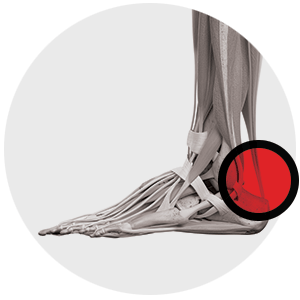
Achilles Dysfunction
There are many problems that can occur with the Achilles tendon. Tendonitis can be insertional where the tendon attaches to the bone or non-insertional. Acute rupture of the tendon can occur and that usually does involve operative intervention …
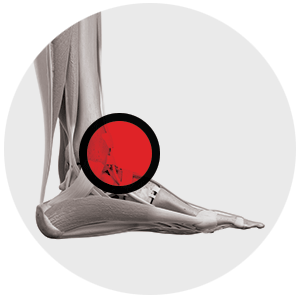
Ankle Arthritis
Ankle arthritis is loss of the ankle joint cartilage lining. It usually occurs over a period of years. The most common cause is previous trauma but in some patients it may occur as part of a systemic disease such as rheumatoid arthritis, haemophilia or gout. Irrespective of cause, the effect is similar, the joint space of the ankle narrows between the tibia and the talus, bony spurs develop, the ankle becomes painful and stiff, and may or grind or lock up. Even though it is less prevalent than arthritis affecting the hip and knee, it can be just as debilitating and painful.
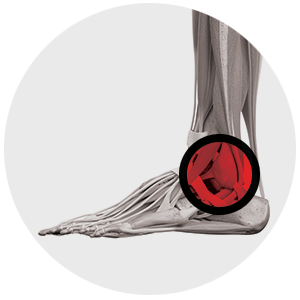
Ankle Instability
Ankle sprains are one of the most common sporting injuries. Usually your injury will recover with suitable rest and physiotherapy, and this should always been the first line treatment. Ankle instability occurs when your ankle repeatedly gives way during daily activities or sporting activities…
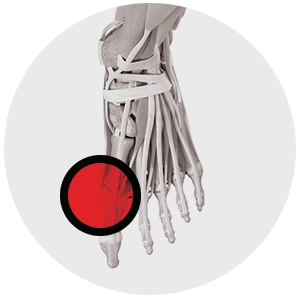
Bunion Surgery
Bunions are a common deformity in the community. They occur due to a muscle imbalance that is often inherited. Inappropriate footwear may exacerbate the condition but it is not usually the underlying cause…
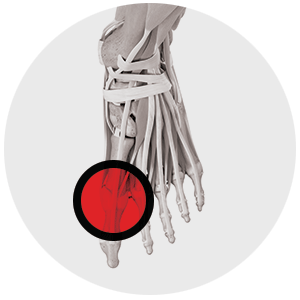
Hallux Rigidus
Hallux rigidus refers to stiffness (rigidus) of the joint at the base of the great toe. This is the joint known as the metatarsophalangeal joint (MTPJ). The usual cause of hallux rigidus is arthritis or wear and tear of the cartilage that lines the joint. It may be caused by an injury or part of a generalised condition such as gout. Often there is no identifiable cause, it just develops particularly as patients get older.
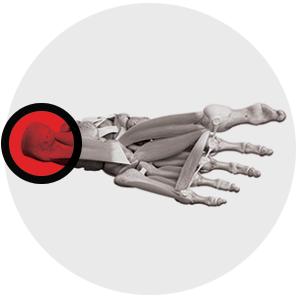
Plantar Fasciilitis (Heel Pain)
The plantar fascia runs along the length of the sole of the foot and along with various ligaments and muscles of the foot functions to assist in maintaining the inner arch like the string of a bow. Plantar fasciitis is inflammation of the origin of the fascia and the calcaneus (heel bone). It is usually the result of repetitive strain, tear and repair of the fascia from traction forces that have worn it out.
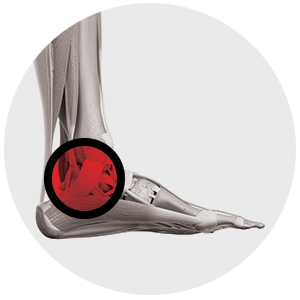
Tibialis Posterior Dysfunction (Acquired Flatfoot)
The tibialis posterior tendon is one of the major stabilising structures in the foot. It runs from the inside aspect of the ankle, from the medial malleolus, and inserts into the navicular. It supports the arch and helps to keep the foot turned inwards when walking. It can be damaged by wear and tear, and acute trauma. Initially pain is felt along the length of the tendon behind the medial malleolus but as the problem worsens, deformity can become apparent, the foot will flatten and start to turn outwards. Pain may occur on the outside part of the ankle and over time the joints can become affected and become arthritic.
Meet Dr Rao
Dr Rao is a Newcastle Orthopaedic surgeon who specialises in all aspects of foot and ankle surgery. He graduated from medicine at the University of Sydney and trained as an orthopaedic surgeon in Newcastle and also in Queensland.
He also undertook further training by way of fellowship with world famous Dr Terry Saxby in Brisbane in 2008. He has also conducted further training by attending numerous courses overseas, in Thailand, the USA and right across Australia.

